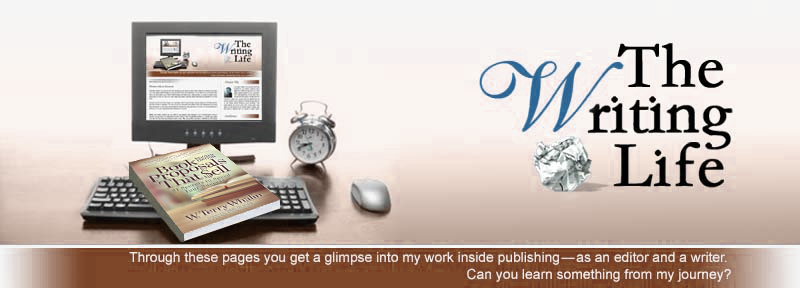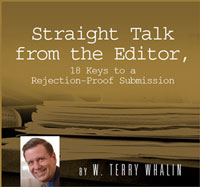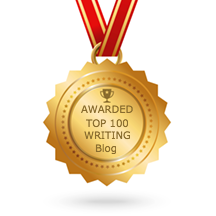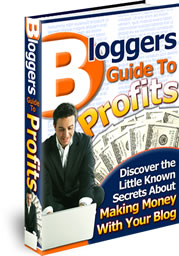After reading thousands of book proposals, I know for a fact that many writers fail in the section about their competition. The writer either falsely believes there is no competition (every book competes) and writes that information explicitly for this section or they write a section which is incomplete and not persuasive.
Whether you write nonfiction or fiction, the competition is an important part of every book proposal. Below I’m including an excerpt from the excellent Publish Your Nonfiction Book, Strategies for Learning the Industry, Selling Your Book, and Building A Successful Career by Sharlene Martin and Anthony Flacco. Yes, Sharlene and Anthony have focused on nonfiction but if you are a novelist, do not be fooled into thinking this material is not for you. It is equally important for you to learn. Every writer can profit from a careful study of this book. Here’s their valuable excerpt:
“Next to your platform, your book comparisons (or comps) section is the biggest key to the success of your proposal. Your comps section must consist of three to six examples of recent books that are similar to yours, and which sold well. Take time and care in considering the right comps for your project. They must reflect well on the potential success of your book.
To find ap propriate comps, you can start with online booksellers such as Amazon.com or Barnes & Noble (www.bn.com). Look for recent books that cover the same or similar subject matter as yours. Because trends and habits change, a book that did well thirty years ago will not necessarily do well today, and so it will not be a good comp. There is no use in comparing your book to a dinosaur. Additionally, new people are constantly moving into publishing, and they might not be aware of a book that old—or even one from ten years ago. Newer books give agents and editors a point of reference for current consumer buying habits in your field.
propriate comps, you can start with online booksellers such as Amazon.com or Barnes & Noble (www.bn.com). Look for recent books that cover the same or similar subject matter as yours. Because trends and habits change, a book that did well thirty years ago will not necessarily do well today, and so it will not be a good comp. There is no use in comparing your book to a dinosaur. Additionally, new people are constantly moving into publishing, and they might not be aware of a book that old—or even one from ten years ago. Newer books give agents and editors a point of reference for current consumer buying habits in your field.
No matter what your book title and subject, you are sure to find a few comps that are close. Amazon.com offers several million titles; a few have to be similar to yours. When you find eight to ten books that look promising and that are similar to your book, check those titles in terms of sales. The number one mistake that authors make here is that they list comparative titles without any thought to the success of the books. There is absolutely no point in holding up a book that tanked as a supporting example. Many authors use the daily sales rankings at Amazon.com and Barnes & Noble to determine sales success, but these numbers only reflect very current sales and are not accurate indicators of the overall, long-term sales of a book. A better bet is to go to the best-seller lists in The New York Times or USA Today. Both publications archive their best-seller lists and you can check to see which of your prospective comps are on those lists. If you are lucky, you will find one or two of your comps have done exceedingly well. One might even have a blurb on the cover to the effect of “Sixty Weeks on the Best-Seller List!” or you might find a book that is in its fifth or sixth printing. Then do your homework. Find the publishers of the recent comps that sold well, and go to their websites. See how many books they release each year and how large their backlist is. If you want to attract a large publisher, you need to use comps that have been published by a large publisher. If these steps have completely eliminated your prospective list of comps, go find some more. If some comps are still on your list, go to an actual bricks-and-mortar bookstore or a library to find an actual copy of your prospective comp. Then assess it for quality. If the manufacture of the book is done as shoddy work, that publisher will not be among the respected in the industry. When you hold the inferior book in your hands, it becomes apparent that if you had used it as a comp, that would only draw an unfavorable comparison—something that you surely want to avoid. As you can see, this process can take some time. After you finally get three to six suitable titles, pull information for the comp’s title: author, publisher, publication date, page count, ISBN, and whether it is hardcover, trade paperback, or a mass-market paperback. Be careful: Many popular books have more than one edition, as well as large print and audio versions. You definitely want to choose the printed version that sold best. Often, but not always, it is the original hardcover printing of the book. Pull a cover image so agents and editors can get a visual. Format the image as you did the other photos in your book proposal, then place it in your document near that book’s title information.Next, decide how best to compare and contrast your title with each of the comps. To do this, (a) develop a one-paragraph description of the comp, then (b) add another paragraph of analysis explaining how your book offers positive points that the other book lacks. The common theme for all commercial nonfiction is that your book is similar to others in ways that have proven successful, but it is also uniquely yours by virtue of your valuable perspective.CAUTION:More is not more, here. One prospective author sent us a proposal that included twelve comps, ten of which were from small, university, or self-published presses. If your goal is to be with a university press for the prestige, then by all means use those books as comps. But don’t use these kinds of books and expect to get a sizable advance, as those presses pay very little in the way of up-front money. With the proliferation of information on Internet, there is no excuse for an author to remain ignorant about the profession. Check out your references. For example, if the publisher of a prospective comp doesn’t have a website, run! If the website is cheesy, run faster. Consider that the way this sloppy website looks to you now is how you would look to others, if they learned that this publisher was handling your work. Never bluff. You must read your competition. Otherwise how will you determine the right way to position your book? You could easily end up looking like a fool by declaring a certain book to be a “comp” for yours, when your recipient is aware that it is not a good comparison. With today’s tight budgets, accurate competitive analysis is more important than ever, but the onus of it is upon you, ahead of the publisher. When you multiply your book by hundreds of others, it is clear that editors at publishing companies have no time to do this for each book that they are thinking about buying. But if you try to bluff your way through with lazy work, you will never know how to predict what your recipient already knows about the topic. The accuracy of your comps is another arena where you can demonstrate that you are the writer for this book. Regarding the language in your comparison: Certain words and phrases are the kiss of death in the comps section of a proposal. Never say, “This book is better than__________________ .” Who knows whether your proposal might end up being read by the agent or editor of the book you just slammed. It can happen! A better way to approach is to say: “My book offers _____________ in order to go deeper into the topic than other books have done so far.” Never try to get off with light work by claiming that “there are no other books out there” like yours. This is actually a very old and tired gimmick that has been attempted far too many times to carry any weight. Many of your competition will try it anyway, which is fortunate for you because it isn’t going to work for them, either.” Excerpted by Permission from Publish Your Nonfiction Book by Sharlene Martin and Anthony Flacco (Writer’s Digest Books, 2009) Pages 74-77.


Labels: Anthony Flacco, book proposal, competition, fiction, nonfiction, Sharlene Martin, Write A Book Proposal
 propriate comps, you can start with online booksellers such as Amazon.com or Barnes & Noble (www.bn.com). Look for recent books that cover the same or similar subject matter as yours. Because trends and habits change, a book that did well thirty years ago will not necessarily do well today, and so it will not be a good comp. There is no use in comparing your book to a dinosaur. Additionally, new people are constantly moving into publishing, and they might not be aware of a book that old—or even one from ten years ago. Newer books give agents and editors a point of reference for current consumer buying habits in your field.
propriate comps, you can start with online booksellers such as Amazon.com or Barnes & Noble (www.bn.com). Look for recent books that cover the same or similar subject matter as yours. Because trends and habits change, a book that did well thirty years ago will not necessarily do well today, and so it will not be a good comp. There is no use in comparing your book to a dinosaur. Additionally, new people are constantly moving into publishing, and they might not be aware of a book that old—or even one from ten years ago. Newer books give agents and editors a point of reference for current consumer buying habits in your field.





















0 Comment:
Post a Comment
That's the writing life...
Back to the home page...